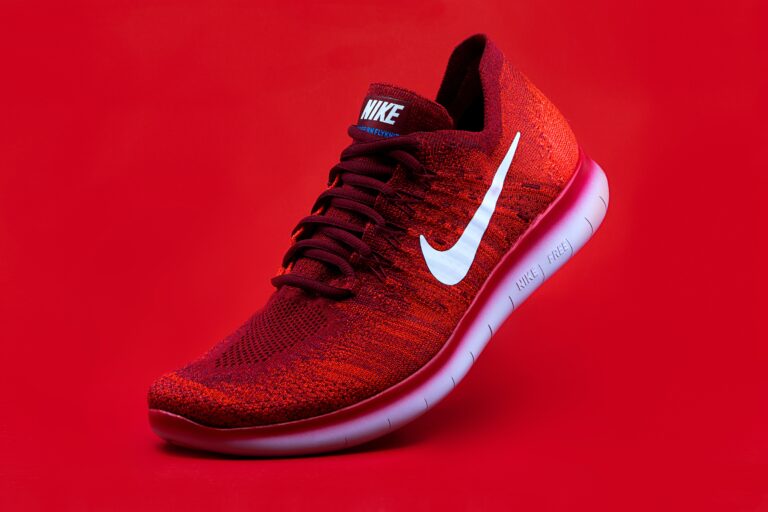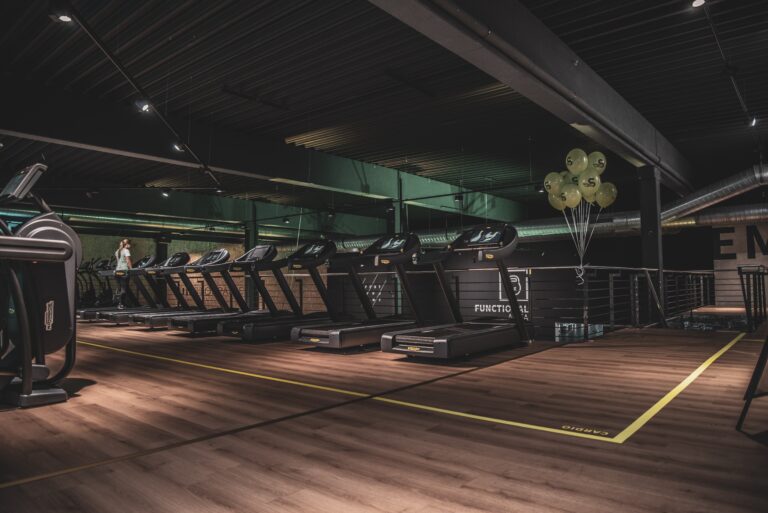How to Run Faster for Kids: Expert Tips to Increase Speed and Agility

Helping children get better at running has long-term benefits for their health, fitness, and confidence. Being able to run faster is important for athletes in sports like track, soccer, and basketball.
It can also be fun for kids who want to feel the excitement of going faster. To achieve this goal, you need to understand the basics and use the right techniques and exercises.
Introducing proper form from an early age is crucial to building a strong foundation for future proficiency. To help kids run faster, teach them to warm up with jumps, have good posture and movement, and coordinate their arms and legs. In addition to these basics, there are specific exercises designed to target muscles and promote overall agility.
In this article, we will explore various strategies and exercises to help children improve their running speeds. Children who want to run faster should practice regularly using the right techniques. They can do this whether they are racing against friends or chasing their athletic dreams.
Faster Running Tips for Kids
Teaching kids how to run faster is beneficial for their overall athletic development and can help them excel in various sports.
In this section, you’ll find tips to help you improve your speed, control, and momentum. These tips will make sure you make steady progress and train effectively.
To enhance running speed and achieve faster starts, children need to focus on their running form. Encourage them to practice drills like answering two phones, pretending to hold one on each hip while running. This movement improves arm momentum, which in turn increases running speed.
A proper warm-up is essential for boosting sprinting abilities and preventing injuries. Children can strengthen their running muscles by doing jumping exercises such as jumping jacks or using a jump rope.
After they warm up, the children should practice sprinting at shorter distances. Then, they can slowly increase the distance. This enables them to build control and acceleration as they progress.
Ensuring proper foot striking is another way to help kids run faster. Train them to land on the balls of their feet rather than their heels, as this promotes forward propulsion and more efficient energy usage. Also, show them how to keep their steps the same length to make them faster and more in control.
To help children become better runners, include exercises that make them stronger and more agile. Some examples of these exercises are lunges, squats, and agility ladders. Developing core strength also helps kids maintain proper form and control while running.
Children can improve their running skills by practicing regularly and setting achievable goals. As they improve, celebrate their achievements and give them positive feedback.
Drills and Exercises for Speed
To help children run faster, teach them the right techniques and do exercises to improve their performance. There are drills and activities that can improve a child’s running and sprinting speed.
Jumping Squats: This exercise strengthens leg muscles and improves coordination. Have the child start in a squat position, then explosively jump upwards, swinging their arms above their head. Upon landing, they should return to the squat position. Perform multiple repetitions to build endurance and strength.
To help kids improve their running form, include drills that focus on hand and arm movements. An example is the “pretend telephone” method, where children pretend to answer two phones held at their hips while running. This technique increases momentum from their arms and results in faster running times.
Sprinting Drills: Short distance sprints help develop explosive power and agility. Have children do many sprints, so they can improve their form and make their strides longer. Gradually increase the distance of the sprints over time to improve endurance.
To warm up and strengthen the muscles needed for strong running, do jumping exercises like jumping jacks or jump rope. These warm-up exercises stimulate muscles and prepare kids for more intense training activities.
Planks: Strengthening core muscles is essential for overall running performance. Including planks in a child’s exercise routine can help them develop a strong foundation. It also helps them maintain proper body alignment when running. Have kids hold a plank position for short periods, gradually increasing the duration as their strength improves.
Making Running Fun for Kids
Introducing fun and engaging activities is essential in teaching kids to move and develop a love of running. One way to make running fun for children is to incorporate games into their routine. These games not only help build their speed and agility but also make the experience enjoyable.
One popular game to involve kids in running is tag. The excitement of chasing and being chased encourages the children to move at a higher pace. In addition, playing with friends keeps them motivated and encourages healthy competition.
Fun runs are also excellent in promoting running among children. These events emphasize enjoyment over competition and often include a variety of themes and costumes. Running in races with loved ones creates a happy environment and motivates children to exercise.
Another engaging way to make running more appealing is through visualization techniques. Encourage kids to imagine they are running with their favorite characters or towards a rewarding goal. This mental imagery helps in making running more exciting and enjoyable for the little ones.
You can also make it fun by doing short bursts of running through obstacle courses, relay races, or treasure hunts. These fun ways to run keep kids entertained and improve their running skills.
To summarize, adding fun activities like games and races to a child’s running routine makes it more enjoyable and motivating. If kids find running fun, they are more likely to keep doing it and get long-term benefits.
Motivation and Progression
When teaching children how to run faster, motivation and progression play an essential role in their success. Parents and coaches should create a positive environment that supports improvement and a love for running.
One way to motivate young runners is by setting achievable goals based on their individual progress. Kids should monitor their own progress in terms of speed and endurance. They should focus on their own accomplishments, rather than comparing themselves to others. This can help boost their confidence and foster a sense of accomplishment.
Parents and coaches should also prioritize teaching proper running mechanics. As children learn and master the basic techniques, they will naturally become faster runners. Children will develop greater speed by practicing drills and exercises that emphasize good form.
Another factor in motivation and progression is participation in races. Kids should join races suitable for their age to feel the thrill and teamwork of competition. Having specific events to train for can also provide an effective goal for young runners.
Lastly, positive reinforcement from parents and coaches is crucial in keeping children motivated. Always praise their efforts, regardless of the outcome, and stress the value of perseverance and dedication. When children feel supported and inspired, they are more likely to improve their running skills and love the sport forever.






